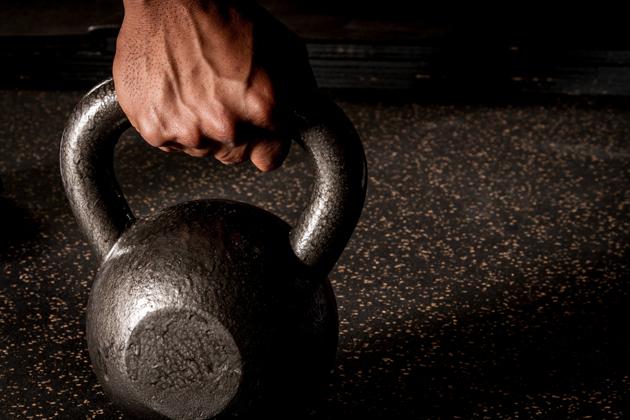Definition of ENERGY
1
a : dynamic quality <narrative energy>
b : the capacity of acting or being active <intellectualenergy>
c : a usually positive spiritual force <the energy flowing through all people>
2
: vigorous exertion of power : effort <investing time andenergy>
3
: a fundamental entity of nature that is transferred between parts of a system in the production of physical change within the system and usually regarded as the capacity for doing work
4
: usable power (as heat or electricity); also : the resources for producing such power
Most importantly, energy is quantitative, it's measurable. When it is measured the units are Joules, calories, BTUs, etc depending on the application (like distance is measured in inches, miles, mm, parsecs, depending on the application).
So the question is how can something be low calorie (the unit of measure of energy) and high energy at the same time? It is an easy answer, it can't. Food energy is heat given off through the digestion/respiration of food. Food is referred to as food energy. We eat for energy, flavor and fun ;).
Fats and ethanol have the greatest amount of food energy per mass, 9 and 7 calories/gram, respectively. Proteins and most carbohydrates have about 4 calories/gram (I am using dietary calories here, which are a kilocal). Carbohydrates that are not easily absorbed, such as fiber or lactose in lactose-intolerant individuals, contribute less food energy. Polyols (including sugar alcohols) and organic acids have less than 4 calories/gram.
So you have to eat 2 grams of sugar to get the same amount of energy as 1 gram of fats. In (overly) simple terms, you need to eat 2 lbs of sugary foods just to make it through the day, but you'd only need to eat 1 lb of fats for the same energy output. High fat diet means less food.
Life advice: You need to solve the macronutrient (aka, carbs, proteins, fats) needs before you ever consider micronutrients (vitamins and minerals).
- Good Calories, Bad Calories: Fats, Carbs, and the Controversial Science of Diet and Health
- a condensed version by the same author, Why We Get Fat: And What to Do About It
- and of course, Perfect Health Diet: Regain Health and Lose Weight by Eating the Way You Were Meant to Eat

